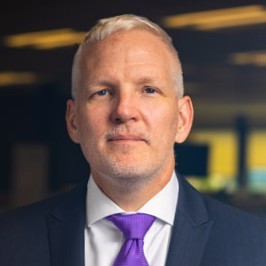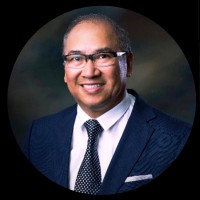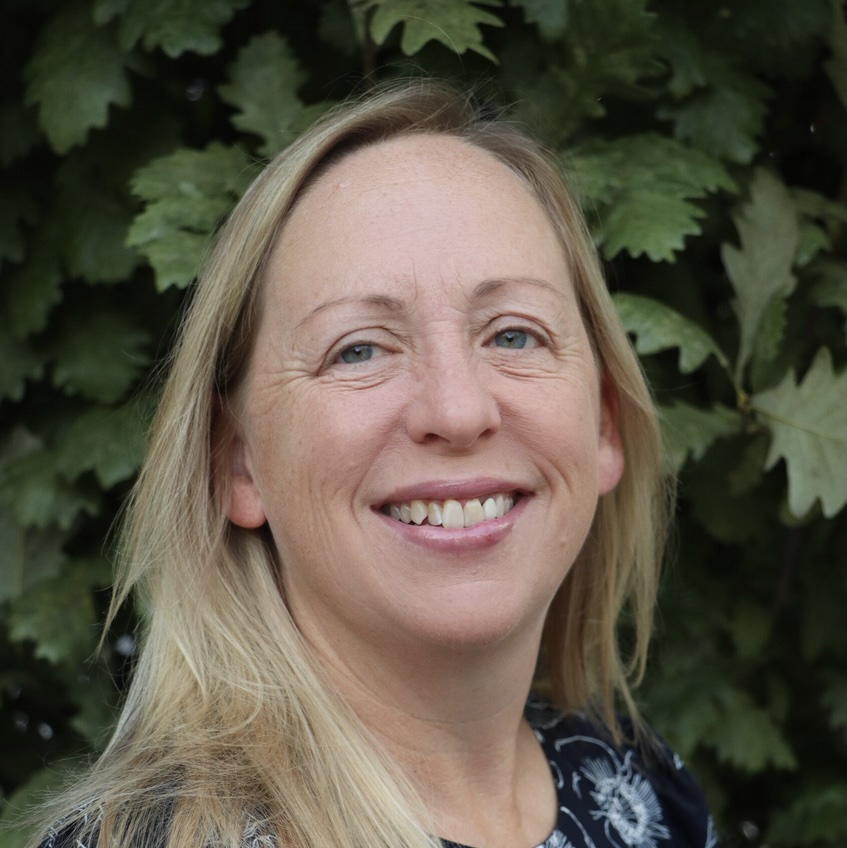
As healthcare organizations face mounting pressures, from budgetary concerns to cybersecurity attacks, it has become vital to identify leaders who can navigate difficult situations and think on their feet. It’s the type of skillset that can be difficult to develop – but is, in fact, quite common in one key subset: military veterans.
In the past, healthcare hasn’t exactly been a common landing spot for commissioned officers, but in recent years that has changed. Now, a growing number of former military personnel are taking on leadership roles at hospitals and health systems, bringing with them the valuable lessons they learned while serving the nation.
In the first of a two-part series, we offer perspectives from two individuals – Michael Carr, CIO at Health First, and Joey Meneses, Executive Director of Technology at Grady Health System – on how they’ve benefited from their past experience, the challenges they’ve faced, and why health systems shouldn’t overlook this demographic when filling roles.
“Standard, repeatable processes”
 Although his time in the U.S. Army was somewhat limited, it was time well spent for Carr. “Nothing prepares you to be part of the team like being in the military,” he said. “You can be as skilled as you want to be, but if you can’t work with others, if you don’t trust people and have a shared mission, it’s just a bunch of people doing random things.”
Although his time in the U.S. Army was somewhat limited, it was time well spent for Carr. “Nothing prepares you to be part of the team like being in the military,” he said. “You can be as skilled as you want to be, but if you can’t work with others, if you don’t trust people and have a shared mission, it’s just a bunch of people doing random things.”
In addition to the team component, Carr also benefited significantly from the emphasis on training and preparation beyond the basics. “The military is really good at training. It’s not just your job; I learned my squad leader’s job,” he noted. “I learned the job of the person to the left and to the right of me, because you never know when you’re going to be called on.”
The objective is to develop leaders by ensuring individuals are always prepared for the next opportunity, while further emphasizing the importance of continual education.
“It’s not about you,” Carr added. “It’s about your team.”
That training has proven beneficial on several occasions, including Health First’s Epic implementation, which is scheduled for next June. Keeping that initiative on track is contingent on his team’s ability to meet major milestones while also executing on the basics.
“It’s the little things. It’s the training, the preparation, the hard work that’s not exciting and doesn’t get you accolades, but that’s where success comes.”
That, and having “standard, repeatable processes,” which are core ingredients in an Epic project. “I don’t think you can put enough emphasis on having those processes, giving people the opportunity and the framework to accomplish the mission,” he said, adding that the military offers a master class in these areas that should not be overlooked by hiring managers.
It all comes down to being able to communicate these attributes. “You have to be able to tell your story,” Carr said. “You’ve learned about discipline. You’ve learned about accountability, and those are skills any employer would love to find.”
“No buy-in in the military”
 For Joey Meneses, one of the biggest lessons learned during his 28 years in the Air Force was the importance of adaptability. “As military personnel, we often work in diverse and challenging environments. That’s been really useful in navigating changes within the healthcare technology landscape,” he said. “We don’t even think about it; it’s normal to us because we’ve been exposed to these types of situations.”
For Joey Meneses, one of the biggest lessons learned during his 28 years in the Air Force was the importance of adaptability. “As military personnel, we often work in diverse and challenging environments. That’s been really useful in navigating changes within the healthcare technology landscape,” he said. “We don’t even think about it; it’s normal to us because we’ve been exposed to these types of situations.”
Being in the AIr Force instilled in him an appreciation for structured processes, “which is valuable in managing complex healthcare IT systems and teams,” he added. Also beneficial is the crisis management training that has long been a core competency of the military.
“We’re trained on that on a daily basis, and so we know how to respond,” whether it’s a system failure or a cybersecurity event. “We’re very focused and know how to do that.”
Another critical component is succession planning – an area in which healthcare can learn from the Armed Forces. Because leadership tenures tend to be shorter, the military is focused on ensuring the second (or third) in command can step into the role. “We’re trained to know who is the backup if something goes down,” Meneses said, adding that it’s all part of being mission-driven.
Carrying that into the civilian world, however, can be difficult – but not because there’s any doubt around the mission at Grady, which, of course, is caring for patients. The challenge is in navigating the command structure. “In the military, it’s a downward direction, but on the civilian side, it’s a different story,” he said. “You have to learn the culture. You can’t just direct people and say, ‘here’s how we’re going to do things.’ It doesn’t work that way.”
For Meneses, that has meant honing his listening skills and seeking to understand the reason for the push-back. “I have to listen to why they want to do things differently,” he said, noting that it’s important to solicit feedback from different stakeholders in different areas. It’s a departure from the military, where “there’s no such thing as buy-in, because that’s the structure.”
It’s a philosophy that tends to work better in some sectors than others. The military’s emphasis on training, however, can have enormous benefits in industries like healthcare, according to Menesis.
“When they send you to training, you’re only focused on that. You’re not focused on the work you left behind because there are senior leaders who can do it while you’re gone. That’s the biggest thing we can take to the civilian side,” he said, encouraging leaders to help teams carve out time. “That’s the only way they can learn is if you make it part of the schedule.”
“Built-in” community
For both Meneses and Carr, transitioning out of the military meant adjusting to different philosophies and learning new systems. But it has also meant introducing concepts that can be beneficial in challenging fields like healthcare. And while they may have left the military, they’re still part of a “strong community” of veterans that offers much-needed support.
“I’ve noticed a much bigger kinship amongst veterans than when I got out. There are so many opportunities for us to connect,” said Carr. “You have a built-in community wherever you go. That has really helped me.”

No contributors linked to this article.

Questions about the Podcast?
Contact us with any questions, requests, or comments about the show. We love hearing your feedback.

© Copyright 2024 Health Lyrics All rights reserved